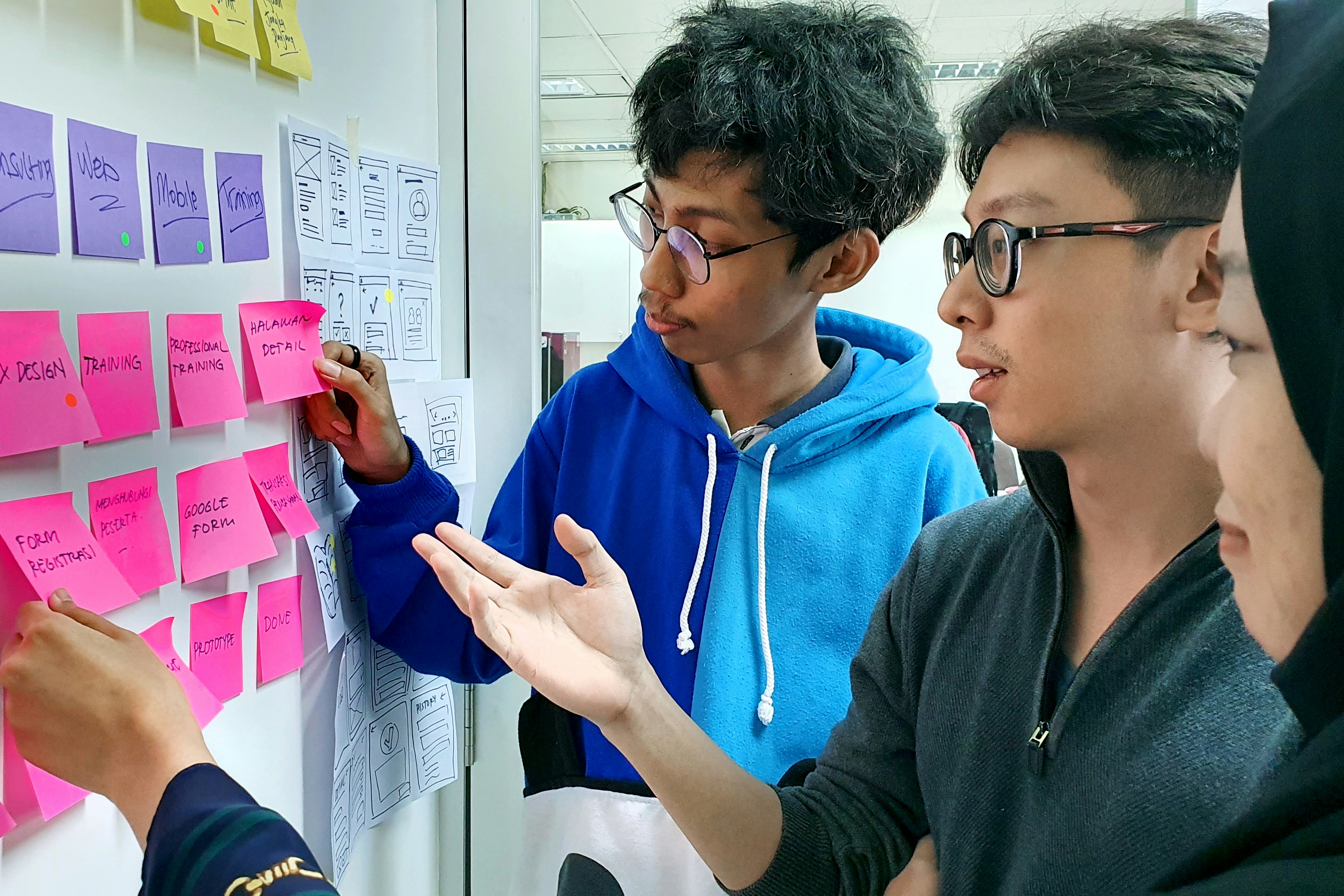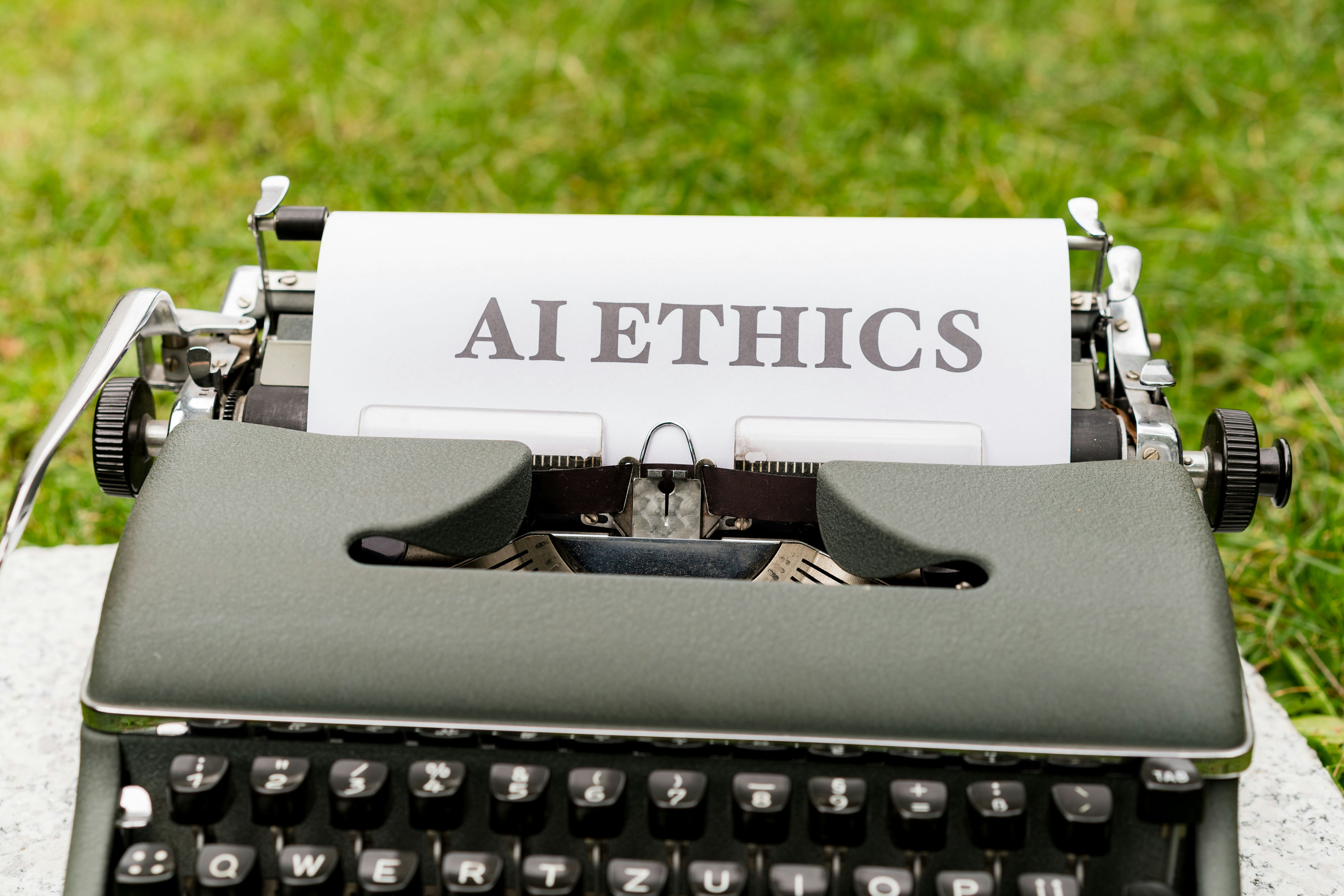Enhance Business Collaboration: The Human-AI Interface Revolution
In an age where artificial intelligence and automation are the cornerstones of business innovation, the merging of human creativity with AI capabilities is not just a trend—it's pivotal. With the rapid evolution of AI tools and automation in business, the creation of intuitive interfaces that facilitate seamless collaboration between employees and machines is essential. The future isn't about AI replacing humans; it’s about enhancing human potential through smart collaboration.
Understanding the Human-AI Interface
The term "Human-AI interface" might sound complex, but it essentially refers to the way humans and AI systems communicate and collaborate. Effective interfaces serve as conduits for interaction, enabling employees to leverage machine learning, automation, and data-driven insights without the frustration often associated with technology.
As organizations strive to integrate AI into their workflows, it’s crucial to focus on designing tools that genuinely enhance user experience. This involves understanding human behavior, usability, and the specific needs of employees. A well-crafted interface minimizes the learning curve and encourages active participation, ultimately leading to greater productivity and creativity.
Data from a Harvard Business Review article indicates that businesses that prioritize user-friendly AI systems see a marked improvement in employee satisfaction and performance. By bridging the skill gap and empowering employees with accessible AI tools, organizations can tap into previously dormant potential.
Bridging the Gap Between Employees and Machines
The successful implementation of AI tools hinges on more than just advanced technology; it requires fostering an environment where employees feel confident and capable of using AI. This is where emotional intelligence (EI) plays a crucial role. When AI understands and adapts to the emotional states of users, such as stress or satisfaction, it becomes a more trustworthy partner.
For instance, AI can analyze communication patterns, predictors of engagement, and even workload fluctuations. This enables it to assist or intervene at strategic moments, such as providing reminders for breaks when stress levels peak. With the right emotional intelligence algorithms, organizations can create a proactive environment where the collaboration between AI and humans feels organic rather than transactional.
The Role of Design in AI Interfaces
Design is about more than aesthetics in the realm of AI tools; it's a critical factor in promoting human connection. Leveraging principles of accessibility and usability, businesses can cultivate interfaces that engage users on emotional and cognitive levels. A webinar session on design thinking for AI interfaces highlighted how even small changes, such as the intuitive arrangement of buttons and alerts, can significantly affect user engagement.
Engaging interfaces encourage exploration and creativity. AI tools designed with the user in mind can serve as collaborators rather than mere operational staff. This redesign of traditional expectations fosters innovation. For example, companies can utilize AI-driven brainstorming tools, enhancing collaborative creativity. Exploring how individuals think and solve problems is paramount in refining AI tools.
Through research from the MIT Sloan Management Review, we recognize that the success of AI tools is contingent upon their ability to adapt to human workflows and foster a more inclusive atmosphere.
Crafting Collaborative AI: Real-World Applications
While theoretical discussions about the Human-AI interface are essential, the practical application of these concepts yields real results. Let's explore several sectors where human-AI collaboration is thriving through advanced tools.
1. Streamlined Communication in Remote Teams
As remote work takes center stage, AI tools like natural language processing (NLP) are redefining communication. These tools help decode sentiment and intention, making virtual interactions more fluid. By analyzing text-based communication, AI can provide insights on team dynamics and guide leaders in addressing potential issues before they escalate.
For deeper insights into this transformation, read our article on the invisible workforce.
2. Automation in Crisis Management
During unforeseen crises, every business needs to tap into effective and quick decision-making processes. Tools integrating predictive analytics can assist companies in evaluating potential outcomes and shaping strategies that mitigate risk. AI's role in crisis management has become increasingly relevant, allowing organizations to maintain resilience through adaptive planning.
To learn more about this crucial aspect, explore our insight on AI for unseen transformations.
3. Supporting Emotional Intelligence in Customer Interactions
In customer service, AI-driven platforms can enrich interactions by providing representatives with contextual suggestions based on customer profiles. By predicting customer needs and tailoring responses, businesses can enhance customer satisfaction and build loyalty, demonstrating the intersection of human empathy and machine intelligence.
To discover how AI tools elevate customer experience, take a look at our analysis on emotional intelligence in AI.
Overcoming Challenges: The Ethical Deployment of AI
Understanding the interplay of AI and human capabilities is not without its challenges. It raises important ethical questions about transparency, bias, and data privacy. Businesses must prioritize responsible AI deployment by ensuring that algorithms are designed not only to perform tasks but to adhere to ethical frameworks.
Training AI systems with diverse datasets can help mitigate bias and improve fairness in decision-making processes—ultimately building trust with both employees and customers. Organizations can create frameworks that balance efficiency with empathy, fostering a culture of accountability.
You can delve deeper into the responsible deployment of AI with our article on responsible AI deployment.
Proactive Onboarding and Continuous Development
Onboarding processes can be daunting for new employees, but integrating AI-driven mentorship can simplify this transition. AI tools that automate skill development and provide personalized feedback can enhance learning and productivity. This empowerment leads to a workforce that feels valued and engaged.
For strategies to automate employee development, check our piece on AI-powered mentorship.
Future-Ready Businesses: Embracing Evolving Work Cultures
As AI tools evolve, the expectations of the workforce will also change. Businesses must cultivate an adaptive culture that embraces ongoing learning and personal development. Engaging employees through interactive AI solutions can catalyze a positive work environment that celebrates creativity and collaboration.
Some emerging trends include gamification in training and AI systems that encourage team challenges. These approaches can stimulate engagement, allowing companies to prepare employees for the future while simultaneously boosting morale.
The AI Symphony: Harmonizing Tools for Unified Growth
In the grander scheme, businesses must view AI tools as part of a harmonious system. When integrated thoughtfully, these resources can enhance overall business strategies and facilitate growth. The focus should be on aligning AI technology with organizational goals to create a symbiotic relationship that streamlines operations and nurtures human potential.
This synergy can lead to creative breakthroughs, evidenced by recent case studies showcasing companies that have successfully embraced a holistic view of AI and employee engagement.
To draw further inspiration, consider reading about our findings on the AI symphony.
Final Thoughts: The Path to an AI-Enhanced Future
As we look ahead to 2025, the Human-AI interface will continue to define how businesses operate. By prioritizing human-centric design in AI tools, organizations can pave the way for engaging collaboration that amplifies creative potential. As automation enhances productivity, fostering a culture of trust and engagement will be paramount.
In this evolving landscape, leaders must embrace the mindset that AI is a partner in success—not a replacement for human contribution. By nurturing this relationship, businesses can unlock unimaginable opportunities, creating a flourishing ecosystem of innovation, trust, and collaboration.
So, let’s embark on this journey together. Invest in understanding the Human-AI interface today. It’s not just about technology; it’s about your employees’ future—and theirs is a future worth cultivating.














